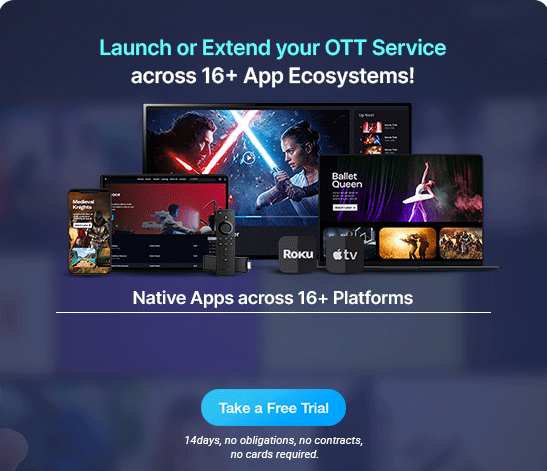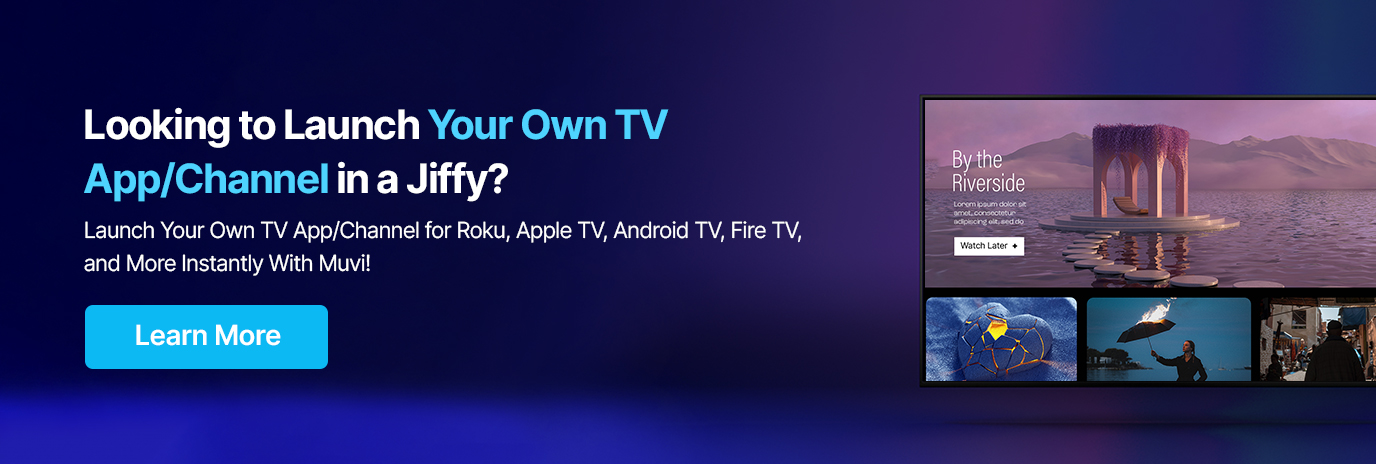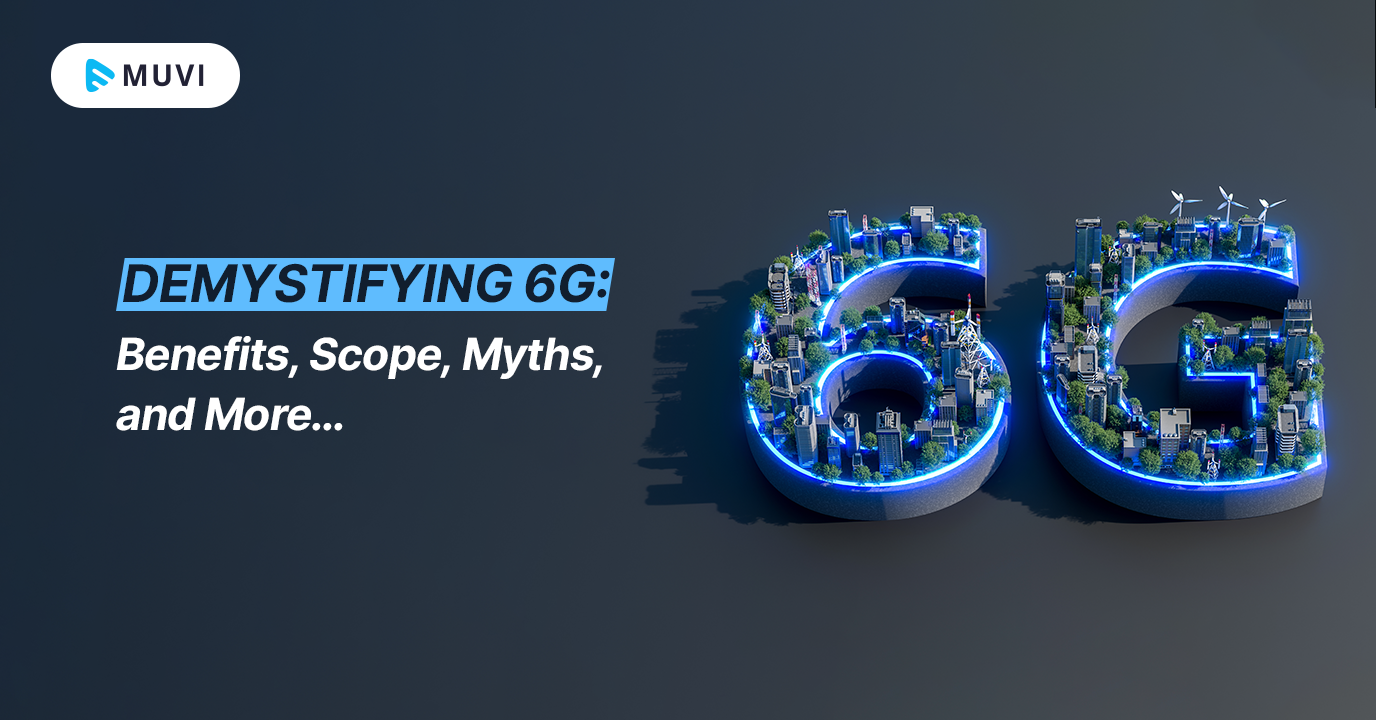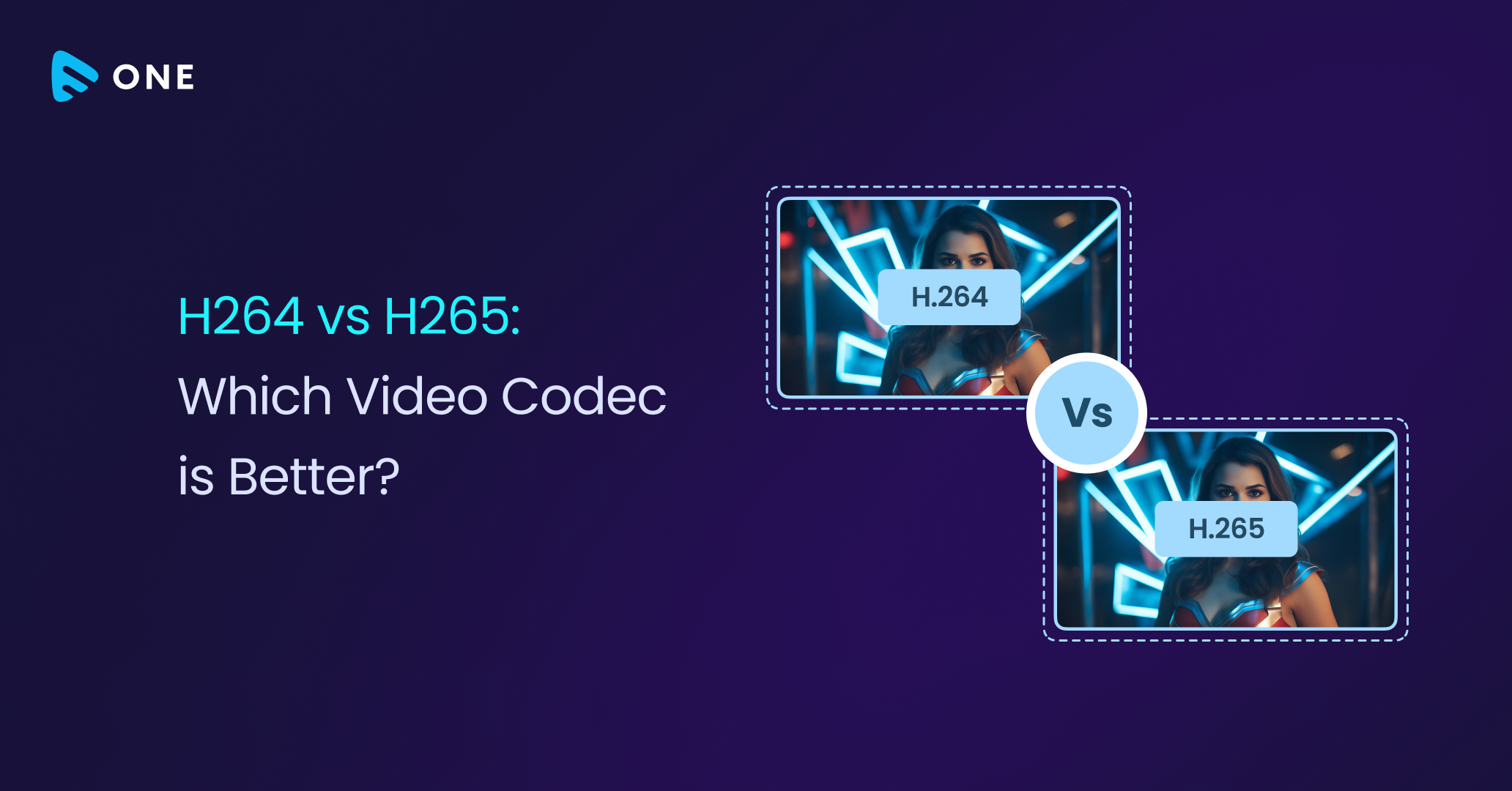Technology is moving at the fastest pace in recent times. And this pace is supplemented by an even faster growth trajectory of wireless communication networks and bandwidths. In the last 15 years, the peak data rate has grown by almost 20 times, from around 1 Gbps of 4G networks to over 20 Gbps of 5G networks. And in the next 10 years, we are going to see an overwhelming boom in peak data rates, with the peak data rate expected to touch around 1000 Gbps (that is 1 Tbps), according to Statista. And, all credit for this overwhelming wireless network revolution goes to 6G – the sixth generation of wireless communication networks!
The development of the 6G network started only recently, and it is in the testing phase currently. While 4G networks took around 15 years to get launched, experts predict that 6G will take only about 8 years to get launched, with the expected initial timeline of launch being around 2030.
So, with less than 8 years in hand, industries need to prepare themselves for the 6G-enabled world. Especially for the OTT & Video Streaming industry, 6G is expected to have a big impact because of its ultra-low buffering and ultra-low latency streaming capacity. That is why, in today’s blog, we are going to discuss everything you need to know about 6G so that you can prepare yourself for the all-new 6G-enabled OTT universe. So, let’s begin!

6G Spectrum – What It Is And How It Works
6G Spectrum, the big brother of the 5G spectrum, will be using higher frequencies than 5G. Hence, with the help of higher frequency bandwidth, the 6G networks will offer ultra-low latency streaming along with substantially higher capacity.
The expected target is to achieve a 1000 times faster network, which would offer 1/1000th of the latency than the one-millisecond throughput.
Though the overall formulation of the 6G spectrum is still under the R&D phase, experts suggest that it will consist of the following segments:
- The basic coverage layer will exist in between the sub-1 GHz range, such as the 600 to 700 MHz frequency range. The basic functionality of this layer will be to provide basic coverage and help in bridging the digital divide.
- A bit higher frequency range (between 7 to 20 GHz) will be used to implement the wide-area use cases. Also, these bandwidths will cater to customers who require a bit more capacity.
- In the spectrum range of 26/28 GHz to 95 GHz, we will experience a seamless experience in a crowded environment, with maximized capacity and ultra-low latency.
- In addition, it will add an additional layer to support the sub-THz frequency range. Hence, this network will have enormous capacity and instantaneous speed.
6G Network vs 5G Network – A Comparative Study
A quick comparison of the 6G network with the 5G and 4G networks will help us understand the contrast in the application, scope, and benefits of the three networks. So, let’s begin.
Parameters | 4G | 5G | 6G |
Frequency Band | 2-8 GHz | 3.5 GHz to 6 GHz for mid bands and above 24 GHz for high bands | 7 GHz to 20 GHz for mid bands, 26/28 GHz to 95 GHz for high bands, with an additional support layer for 95 GHz to 1 THz frequency. |
Bandwidth | 5-20 MHz | 50-400 MHz | Above 160 MHz |
Latency | 60-98 ms | Less than 10 ms | 1/1000th of the 1 ms throughput |
Peak Data Rate | 1 Gbps | 20 Gbps | 1000 Gbps or 1 Tbps |
Market Size | Expected to reach US $158.89 billion in 2022 | US $107.0 Billion in 2022 | Currently in the development phase but expected to grow to US $52.54 Billion by 2032 |
As we can see from the above table, the 6G network will operate at a much higher frequency band, hence reducing the latency to microseconds level for the first time ever.

Scope and Benefits of 6G
6G will have many firsts, which were not present in either 4G or 5G networks. In short, 6G is going to bring in a new era of wireless communication with a machine-first approach. Let’s take you through some of the major benefits of the 6G network.
Higher Data Rates
The 6G network will be 50 to 100 times faster than the present networks. With an expected peak data rate of around 1000 Gbps, it will deliver data almost instantly across the world.
Lowest Latency Till Date
Upto the 5G network, we had seen a latency in the range of milliseconds. But, for the first time ever, 6G will bring down the latency range to a microsecond level. Hence, though it will have latency, it will be incomprehensible.
Enormous Network Capacity and Reliability
Since it will support a frequency range of up to THz level, it is expected to have enormous network capacity and will support sufficiently crowded destinations without any hiccups. Also, it is expected to be much more reliable and secured that the 5G network.
Made For MACHINES as Primary Users
Upto 5G network, the focus was on human users, but for the first time, the 6G network will consider machines as the primary users. It is mainly done to ensure the smoother functioning of multiple devices under a single network.
Will Support AI-Driven Tools
6G will be the most appropriate network for the functioning of AI-Driven semi-autonomous tools. With improved device connectivity, 6G will assist in the seamless communication and functioning of AI-driven technologies and devices.
Some Myths on 6G That Need To Be Busted
Though 6G is still in the early stages of its development cycle, the curiosity surrounding it is unprecedented. And this curiosity has given rise to some myths, that must be busted. We will talk about some of those myths in this section.
6G Will Be Everywhere By 2030
In most parts of the world, 6G will get launched by 2032, but it does not mean that “it will be everywhere”. The most common factor that goes against it is the expense. So, it is safe to say that 5G and 4G networks will still very much exist, as they will operate where users do not have higher demands, and their work gets done with 5G sufficiently. In this way, they can save a good number of bucks.
6G Is Extremely Essential For Autonomous Vehicles
6G will support IoT and AI devices greatly. But it does not mean that these devices cannot operate without it 🙂
In fact, many autonomous vehicle manufacturers like Tesla are planning to make their vehicles completely network-independent. So, 6G, or in that case any G, will simply not matter to them!
We Can License 6G Bands Near 10THz or Even Higher
Optimism is good, but over-optimism often fails. Similar is the case here. It is true that 6G will be able to touch 1 THz band when needed, but going above that will be quite difficult, at least in the current phase of development. So, sadly, 10HTz will still be a dream for the future!

6G Real-World Test Implementations – Which Countries Are Testing 6G?
Many countries across the world are currently developing and testing the 6G networks. Let’s take a quick look at some of the test cases:
- In November 2020, China became the first country to launch a 6G Satellite. This satellite uses high-frequency THz waves and hence can achieve data transmission at a much higher speed.
- The University of Oulu in Finland has initiated the 6Genesis research project, in partnership with Japan’s Beyond 5G Promotion Consortium. It aims to materialize the Finnish 6G dream by 2030.
- The U.S. Federal Communications Commission (FCC) is testing the 12.7 GHz band for initial 6G networks.
Apart from these, many similar research studies are being initiated in Europe and Australia too!
6G Rollout Plan and Market Size In Various Regions
In most parts of the world, 6G will be rolled out by 2030. And in some countries, the 6G market will have substantial growth even before this deadline. The expected market size of the 6G network in 2028 (as forecasted by Statista) is as follows:
Region | Projection (in million US $) |
North America | 364.12 |
China | 251.14 |
Europe | 216.21 |
APAC & Japan | 91.66 |
United Kingdom | 57.01 |
Availability of 6G-Enabled End-User Devices
Currently, 6G-enabled devices, including smartphones are under development. But, according to one interesting study, when 6G arrives, people won’t possibly need specialized smartphones. This is because 6G will mainly focus on IoT and connected devices. Hence, smartphones will not be the only medium through which you can access 6G. You would be able to access the 6G network through smart watches, fitness bands, and smart glasses too!
How Is 6G Going To Impact The OTT & Video Streaming Industry?
The OTT & Video Streaming industry will see a form of revolution when 6G arrives! This is because the three most notorious issues of the current OTT industry – Latency, Limited user engagement, and limited device support will be almost non-existent in the 6G era.
Lower Latency, Real-time Streaming
With a latency of microseconds, the video and live streaming in the 6G era will be almost real-time. It will bid permanent adieu to any type of buffering issues, delay in getting live feeds, or delay in seeing or responding to live chats.
Stream From Any Device
As 6G will connect a wider range of smart devices, the OTT platforms are expected to penetrate into a larger number of devices, like smartwatches and smart glasses.
Advanced Interactive Streaming
With 6G, OTT can easily get integrated with AR-VR and Metaverse, to deliver a highly interactive streaming experience to the users. Viewers will be able to interact with the content, manage their preferences, and do much more, in real time!

Frequently Asked Questions
1. Is the 6G network currently available in any country?
Ans. 6G networks are in the development phase in most parts of the world. It will be launched in many countries by 2030.
2. After 6G, will there be any 7G?
Ans. 6G is expected to touch the THz frequency band, and if the researchers succeed in unlocking the frequency bands above the 1 THz range, then a 7G network is very much possible. But, it will need a lot of research and time for development.
3. Which country has already launched 6G?
Ans. China has already launched a 6G satellite. But the 6G network is still a few years away from the general public.
4. Does the USA have 6G?
Ans. In the USA, FCC is testing the 6G frequency band range, but it is not yet available for public usage.
5. Is 6G better than 5G?
Ans. 6G is 50 to 100 times faster than 5G, with 1000 times lower latency in data transmission. Hence, 6G is far better when compared to the 5G network.
6. When will 6G get launched?
Ans. In most parts of the world, 6G will get launched by 2030.
Join Muvi One To Be Future-Ready!
At Muvi, we have always believed in staying ahead of our times! That is why, we often keep launching new features and upgrading our platform to ensure that our users get the best service possible, anytime. As we start preparing for the 6G-enabled OTT universe, Muvi One is set to revamp itself too, so that we can offer much more seamless and improved services, with cutting-edge features!
So, if you want to transition smoothly into the 6G-enabled OTT era smoothly, join Muvi One today! Sign up to start your 14-day free trial right now!





















Add your comment